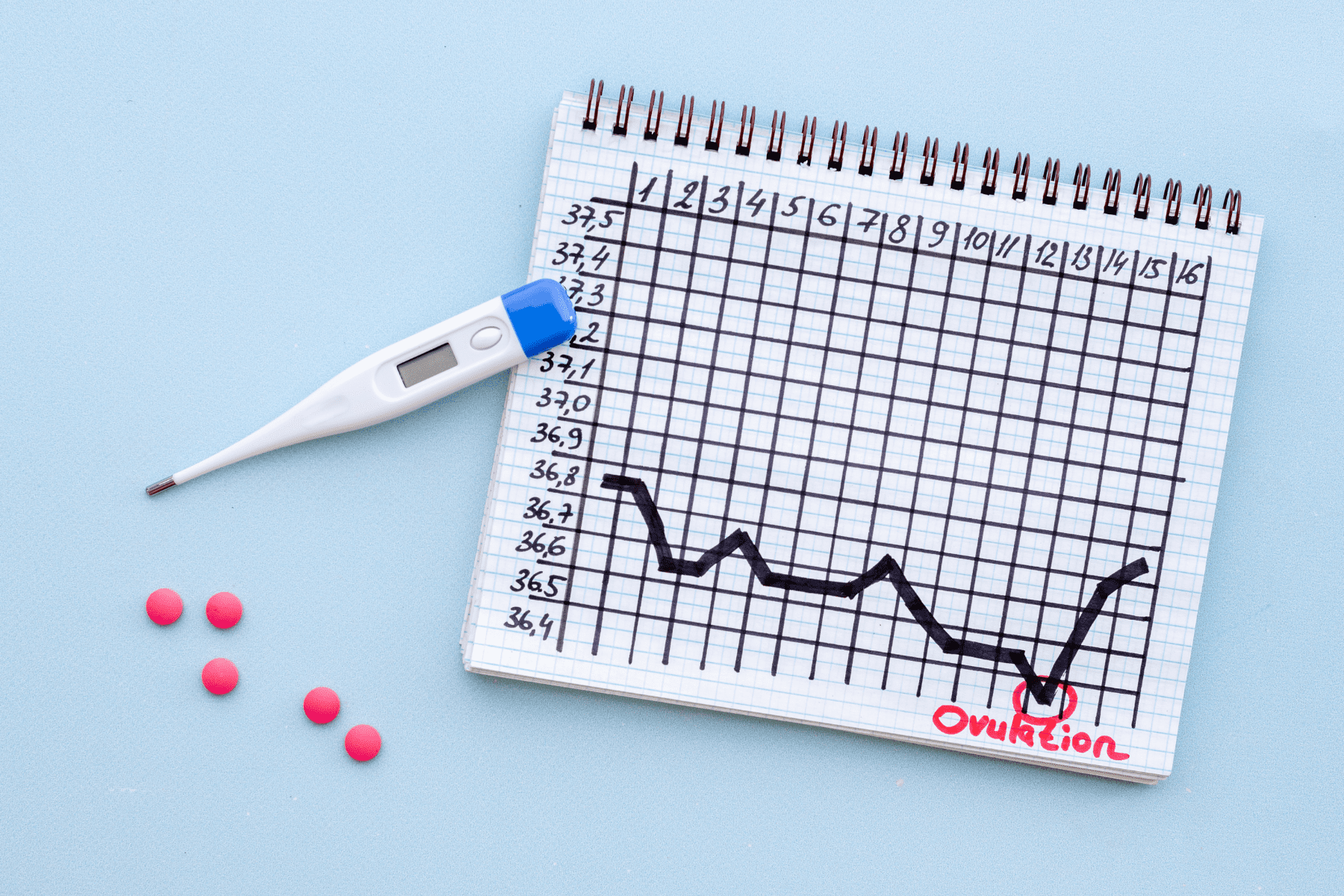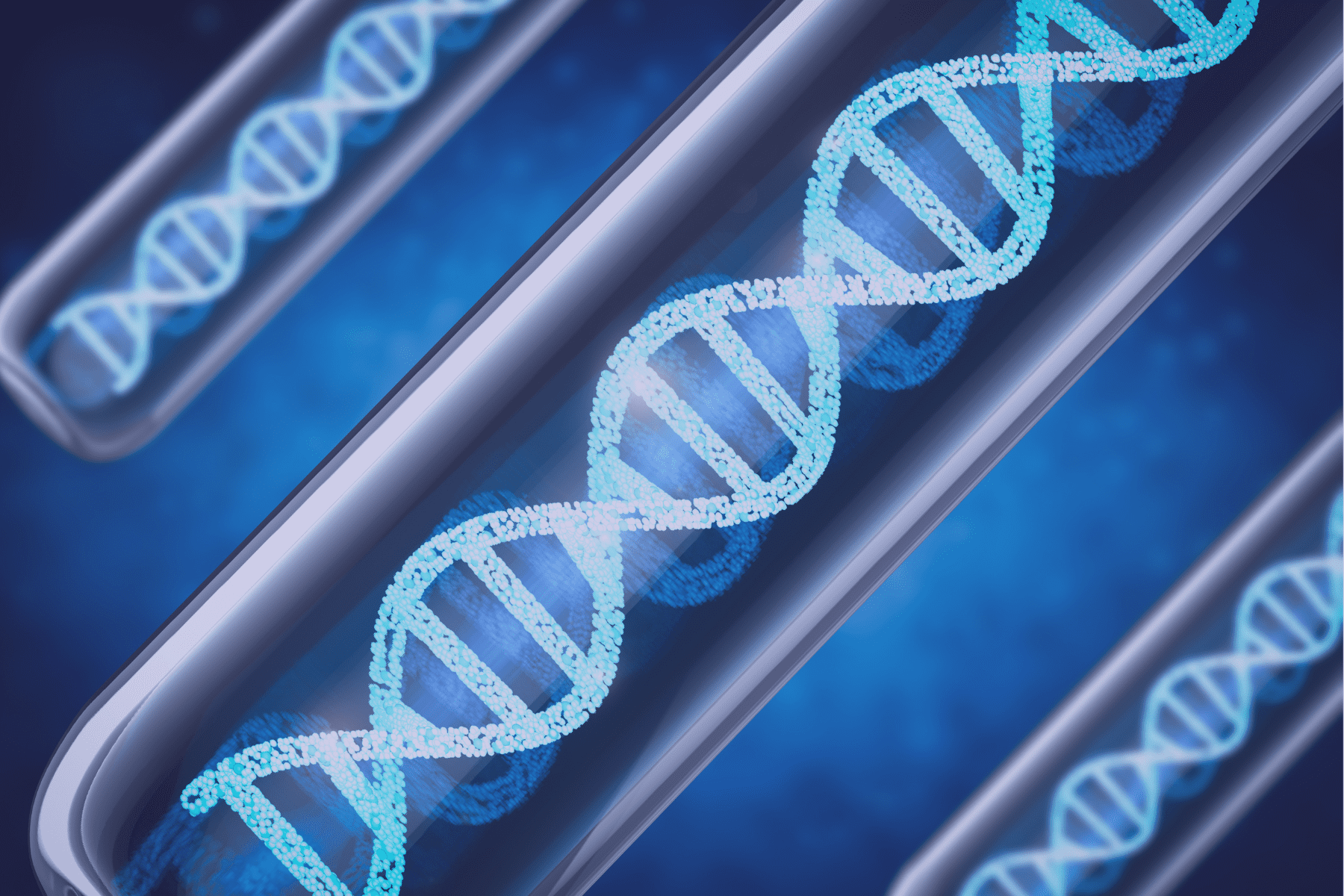Preimplantation Genetic Screening or PGS, is a technique used with In Vitro Fertilization-Embryo Transfer (IVF-ET). It deals with the analysis of chromosomal number in embryos. Preimplantation Genetic Diagnosis or PGD, deals with chromosomal structure or individual genes of an embryo resulting from IVF. The goal is to transfer embryos which have been screened for abnormalities, so that the chance of conception is increased, and the resulting pregnancy has the greatest chance of being normal.
The major uses of PGD are diagnoses of single gene defects, either recessive (like cystic fibrosis), dominant (like polycystic kidney) or X-linked (like hemophilia, where only male offspring are affected), and detection of carriers of unbalanced chromosomal structural abnormalities (like translocations or inversions, which usually result in miscarriages).
PGS is used more commonly for aneuploidy screening, looking for either polyploidy (too many copies of all the chromosomes), extra copies (trisomy, such as trisomy 21, which causes Down syndrome) or missing copies (monosomy) of individual chromosomes, or complex abnormalities in number and distribution. Any of these abnormalities may cause the inability to become pregnant at all, miscarriages, or the delivery of an abnormal baby.
The reason a couple would think to use PGD is obviously the personal or family history of someone affected by the disease caused by a single gene defect. It could be the known existence of a balanced translocation or inversion in one of the partners attempting pregnancy determined from previous pregnancy losses or infertility. Advanced maternal age, which increases the chances of infertility, prior miscarriage or an ongoing pregnancy with an abnormal fetus (terminated or delivered), would be a reason for PGS.
Recurrent miscarriage at any age, where either a chromosomal cause has been determined, or after elimination of non-genetic causes, justifies the use of PGS. A single previously chromosomally abnormal fetus or offspring or family history of the same would be a reason to use PGS. For patients going through infertility treatment, the desire to maximize the chance of a normal pregnancy during infertility treatment could justify PGS, and recurrent IVF failure can often be explained by PGS findings. This may direct the couple to alternative means of family building, such as donor egg or adoption. Even fertile couples who conceive easily without medical assistance, who are reluctant to do invasive prenatal genetic testing, or would refuse to abort an abnormal fetus would find that PGS reduces the need or risks of these events.
The incidence of an abnormal fetus in a pregnancy arising from IVF with PGS is not eliminated, but markedly reduced. In general, aneuploid screening detects abnormalities of chromosomes that are responsible for 90% of pregnancy losses. The residual losses would be non-chromosomal. The error in the testing is said to be about 2%. A greater error rate was seen in the past was largely due to mosaicism in the cleavage stage embryo, where both normal and abnormal cell lines co-exist in one embryo. Only about half the chromosomes were tested, and the random selection of a single cell may not have been representative.
However, all 23 pairs of chromosomes are now routinely tested with PGS using the newer techniques of array comparative genomic hybridization (aCGH) and microarray (MA).
While still considered experimental, the worldwide results of PGS have been very encouraging. No adverse effects have been noted in the thousands of babies born following the procedure. Although the previous method using a single cell biopsy of a day 3 embryo (4-10 cells) and Fluorescence In Situ Hybridization (FISH), was determined to be inadequate and even ineffective in improving IVF outcomes, the newer methodology utilizes trophectoderm biopsy (TEDB).
This is a technique whereby embryos are cultured to the blastocyst stage, days 5-7 after egg retrieval and microfertilization (ICSI), and several cells are removed from the outer layer of the embryo, in essence, the future placenta. Obtaining more DNA alone improves the accuracy of the PGS. The inner cell mass, which becomes the fetus, is not disturbed. It is felt that this also improves the chance of implantation compared to the old cleavage cell biopsy, which may remove up to 25% of embryonic mass.
Obviously the use of aCGH and MA over the limitations of FISH is the key to the enhanced genetic assessment. In the previous case, embryos were transferred 2 days after biopsy, on day 5. Because of mosaicism (which is now largely circumvented with TEDB), and the potential damage to the cleavage stage embryo, many studies showed no difference in outcome whether tested or untested embryos were transferred. Interestingly, FCI’s data were very positive even with FISH, but are even more impressive with the new technique, which is available at only a limited number of IVF Centers.
The benefit of biopsying the more advanced blastocyst is that the embryo has reached a developmental stage that makes implantation more likely under any circumstance. The poorer embryos would not make it to that stage anyway, nor would they likely result in a pregnancy. Because the performance of the PGS with aCGH or MA requires several days, the blastocysts need to be cryopreserved using a quick freeze technique called vitrification while the results are being obtained.
The transfer of a normal embryo (transferring more than one is not encouraged due to the high twin risk with a small conception benefit) is then done in a subsequent cycle, where the uterine environment can be made to mimic an idealized natural cycle, rather than the overstimulated one associated with the retrieval. Fears that cryopreservation may damage the embryos have been put to rest by our data showing similar implantation rates between fresh and frozen-thawed embryos.
The use of PGS in IVF continues to be more common and more successful, and can provide critical information for a couple, whether or not it actually aids in achieving a pregnancy in the specific therapeutic interval. It can give an explanation for fertility treatment failures, recurrent miscarriages, and either provide closure for the older patient in attempting pregnancy using her own eggs or encourage further tries.
It can provide reassurance for the couple who has suffered through losses or the termination or birth of an abnormal fetus. Its goal is to make IVF more efficient, and to encourage the transfer of only a single embryo at a time, while giving the best chance of a normal baby.






